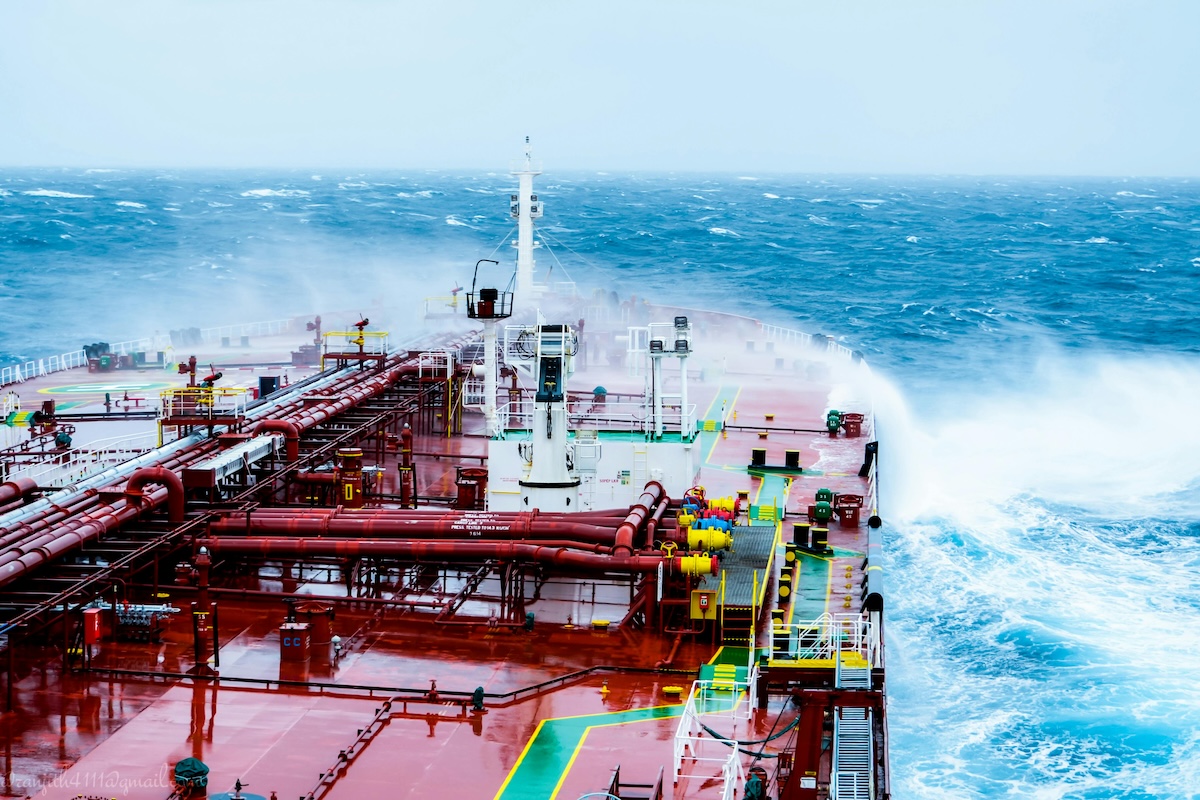Turbulence After New Fly-By-Wire Entries on the CCL

On June 20, 2013 U.S. Department of Commerce published revisions to the Export Administration Regulations based on the most recent agreements in Wassenaar. These EAR changes to the Commerce Control List (CCL) in Category 7 implementing the Wassenaar agreement significantly reduced the level of technology control for Fly-by-Wire technology in ECCN 7E004b. To compensate, Commerce added Fly-by-Wire technology controls to OA521E, a catch all entry intended for emerging technology coverage. These later revisions came about because, subsequent to the USG agreeing to the Wassenaar revisions, DoD/DTSA realized the new agreed level of control would release technologies DoD deemed to be still militarily significant.
According to Dennis Krepp, BIS Director of Sensors and Aviation Division, DoD required DOS/BIS to reinstate the removed technology controls from 7E004b., and place them under ECCN 0E521. The specific technology covered by 0A521 is enumerated in Technology List No.6 of Supplement 5, to EAR Part 774. DoD’s intent was to have BIS maintain the same license requirement as under the old ECCN 7E004b. Technology proposed for export and controlled under the old 7E004 b. would still require a license, either through the requirements of the new 7E004 or 0E521. It is important to note verbiage of the new Supplement 5 description is not identical to the old 7E004b. and would appear to cause some confusion in identifying items intended for control by 0A521.
DOC/DOS/DOD intends to go back to Wassenaar to reintroduce the controls. Past experience shows that once something is decontrolled in Wassenaar, it is unlikely to be re-controlled.
According to the EAR, 0E521 has only a one year validity. Additional controls would need to be implemented in order to maintain DoD’s desired are implemented.
By way of comparison, see OLD and NEW postings below:
(OLD) 7E004 Other “technology” as follows (see List of Items Controlled).
License Requirements
Reason for Control: NS, MT, AT
b. “Development” “technology”, as follows, for “active flight control systems” (including fly-by-wire or fly-by-light):
b.1. Configuration design for interconnecting multiple microelectronic processing elements (on-board computers) to achieve “real time processing” for control law implementation;
b.2. Control law compensation for sensor location or dynamic airframe loads, i.e., compensation for sensor vibration environment or for variation of sensor location from the center of gravity;
b.3. Electronic management of data redundancy or systems redundancy for fault detection, fault tolerance, fault isolation or reconfiguration;
Note: 7E004.b.3. does not control “technology” for the design of physical redundancy.
b.4. Flight controls that permit inflight reconfiguration of force and moment controls for real time autonomous air vehicle control;
b.5. Integration of digital flight control, navigation and propulsion control data, into a digital flight management system for “total control of flight”;
Note: 7E004.b.5 does not control:
1. “Development” “technology” for integration of digital flight control, navigation and propulsion control data, into a digital flight management system for “flight path optimization”;
2. “Development” “technology” for “aircraft” flight instrument systems integrated solely for VOR, DME, ILS or MLS navigation or approaches.
b.6. Full authority digital flight control or multisensor mission management systems, employing “expert systems”;
(NEW) 7E004 Other “technology” as follows (see List of Items Controlled).
License Requirements
Reason for Control: NS, MT, AT
b. “Development” “technology”, as follows, for “active flight control systems” (including fly-by-wire or fly-by-light):
b.1. Photonic-based “technology” for sensing aircraft or flight control component state, transferring flight control data, or commanding actuator movement, “required” for fly-by-light “active flight control systems”;
b.2. [RESERVED]
b.3. Real-time algorithms to analyze component sensor information to predict and preemptively mitigate impending degradation and failures of components within an “active flight control system”;
Note: 7E004.b.3 does not include algorithms for purpose of off-line maintenance.
b.4. Real-time algorithms to identify component failures and reconfigure force and moment controls to mitigate “active flight control system” degradations and failures;
Note: 7E004.b.4 does not include algorithms for the elimination of fault effects through comparison of redundant data sources, or off-line pre-planned responses to anticipated failures.
b.5. Integration of digital flight control, navigation and propulsion control data, into a digital flight management system for “total control of flight”;
Note: 7E004.b.5 does not apply to:
1. “Development” “technology” for integration of digital flight control, navigation and propulsion control data, into a digital flight management system for “flight path optimization”;
2. “Development” “technology” for “aircraft” flight instrument systems integrated solely for VOR, DME, ILS or MLS navigation or approaches.
b.6. Full authority digital flight control or multisensor mission management systems, employing “expert systems”;
N.B.: For “technology” for “Full Authority Digital Engine Control Systems” (“FADEC Systems”), see ECCN 9E003.h.
Note: 7E004.b does not apply to “technology” associated with common computer elements and utilities, e.g., input signal acquisition, output signal transmission, computer program and data loading, built-in test, task scheduling mechanisms) not providing a specific flight control system function.
(NEW) 0E521 Any technology subject to the EAR that is not listed elsewhere in the CCL, but which is controlled for export because it provides at least a significant military or intelligence advantage to the United States or for foreign policy reasons.
0E521 technology is subject to RS1 controls with no license exception eligibility other than License Exception GOV for U.S. Government personnel and agencies under § 740.11(b)(2)(ii) of the EAR, or an item-specific license exception identified in Supplement No. 5 to part 774 particular to an item covered under ECCN 0E521. The list of technologies determined to be classified under ECCN 0E521 controls is published in Supplement No. 5 to part 774. The license requirements and licensing policy relating to ECCN 0E521 are set forth in § 742.6(a)(7) of the EAR.
SUPPLEMENT NO. 5 TO PART 774 – ITEMS CLASSIFIED UNDER ECCNS 0A521, 0B521, 0C521, 0D521 AND 0E521
0E521. Technology.
No. 6 “Technology” for fly-by-wire control systems, as follows:a. “Technology” according to the General Technology Note for the “development” of “software” controlled by 0D521; orb. “Development” “technology” for “active flight control systems” for control law compensation for sensor location or dynamicairframe loads, i.e., compensation for sensor vibration environment or for variation of sensor location from the center of gravity.
June 20, 2013 (ID)
June 20, 2014
License Exception GOV under § 740.11(b)(2)(ii) only.










